Learn all about how to forage for mullein and use it in DIY herbal remedies. Mullein leaf, flowers, and roots have many benefits and magical properties that are good for your health and can be used to make herbal smoke blends, easy homemade herbal tea, and more. Mullein should be in every herbalist apothecary. Let’s go foraging for mullein!
Wildcrafting Weeds
If you want to learn more about the edible and medicinal weeds that surround us and how to use them, check out my eBook: Wildcrafting Weeds: 20 Easy to Forage Edible and Medicinal Plants (that might be growing in your backyard)!
Gather & Root Online Foraging Course
My online foraging course is a great way to learn about wild edible and medicinal plants! Learn more about the gather + root online foraging course here.
Foraging Mullein
I love it when a plant that I’ve seen for years, and is totally recognizable to most people, turns out to be a super awesome medicinal.
That’s what it was like for me when I “discovered” plantain, a plant that I’ve seen under my bare feet since childhood. I was totally amazed at what this humble plant that most people deem a “weed” could do.
Then, many years ago, an old hippie friend of mine noticed a large mullein plant growing near where I lived in Yosemite. He mentioned Native Americans and how you could smoke it and I thought it sounded cool, but to be honest, I didn’t really give it a second thought.
But now, as I’ve learned more and more about medicinal herbs over the past few years, I’ve really been amazed about what I’ve learned about mullein. And, luckily for all of us, foraging for mullein is usually quite easy!
Identifying Mullein
Mullein is an extremely recognizable plant once you know what to look for. I’m sure you’ve seen it growing on roadsides or in other disturbed areas.
The most noticeable part of this plant is the tall yellow flower spike that blooms from mid to late summer.
The mullein flower in the picture above was probably two feet taller than me! This is what makes mullein most recognizable in the summertime, but if you look closely in spring you will notice the starts of what will be full grown mullein one day.
A small, fuzzy leaved, rosette of leaves that are close to the ground is how mullein starts its life. It is actually a biennial plant, so it stays like this until the second year of growth when it shoots up the tall flower spike.
Uses for Mullein
That flower spike has a lot of medicinal uses, including being antiseptic, pain relieving and infection fighting properties.
An oil infusion made with mullein flowers has been traditionally used to help treat ear infections.
You can purchase dried mullein flowers from Mountain Rose Herbs if you can’t find any in the wild or if it’s not the right season.
The leaves are super fuzzy and soft and can grow to quite a large size.
They have become somewhat known in the outdoor community as “nature’s toilet paper”. Can’t say that I disagree with that!
The leaves also have a high level of medicinal value.
Mullein leaves are both an antispasmotic and and expectorant. This makes them highly beneficial to the respiratory system as a decongestant and even for asthma.
The leaves can also be used as a poultice for swollen glands, bruises, insect bites and other minor ailments. It would make a good addition to an herbal salve.
Mullein leaves can be dried to use throughout the year. You can also purchase dried mullein leaf from Mountain Rose Herbs.
Because of their respiratory benefits, mullein leaves are often smoked, surprisingly enough, along with other herbs.
The leaves and flowers can also be made into a healing tea.
It’s so nice to have readily available, easy to identify, highly medicinal plants that can be wildcrafted. Mullein has the best of all of these qualities, thankfully!
I don’t know if I’ll be smoking it any time soon, but I will definitely be collecting its leaves and flowers to dry for use throughout winter.
I may even make a mullein infused oil for use in a salve, or even on its own as an ear infection treatment.
I even read that in ancient times when the flower spikes dried up they would be dipped in tallow and used as a torch lantern. There are so many cool uses for this plant!
Medicinal Herbs for Summer Foraging
Keep your eye out for these medicinal herbs on all of your foraging adventures this summer.
Have you ever gone foraging for mullein?

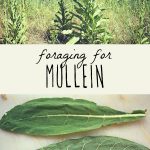
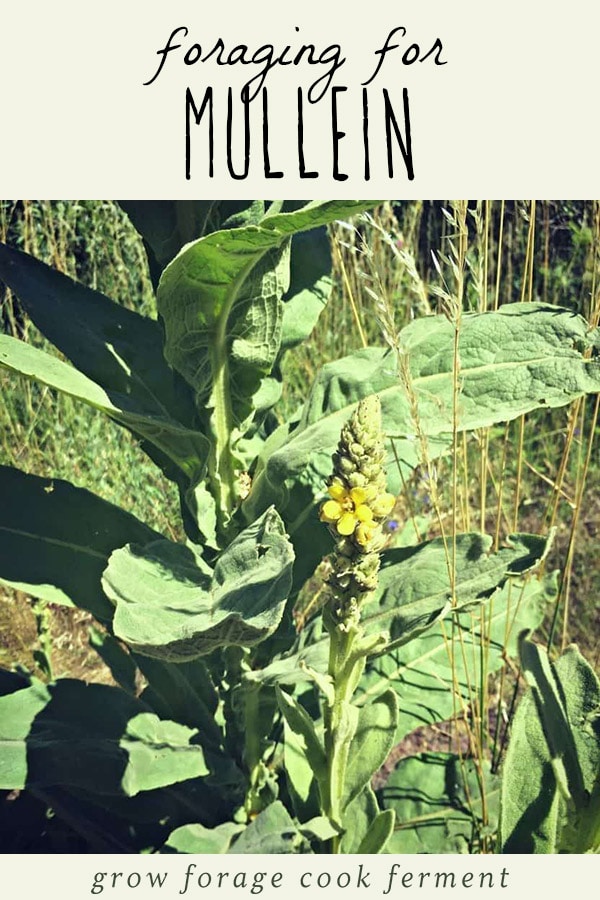
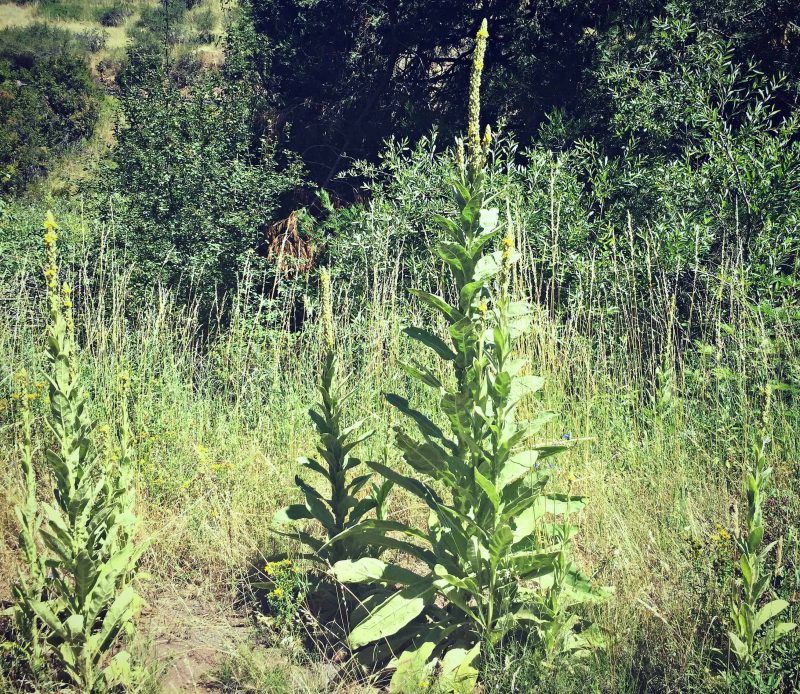
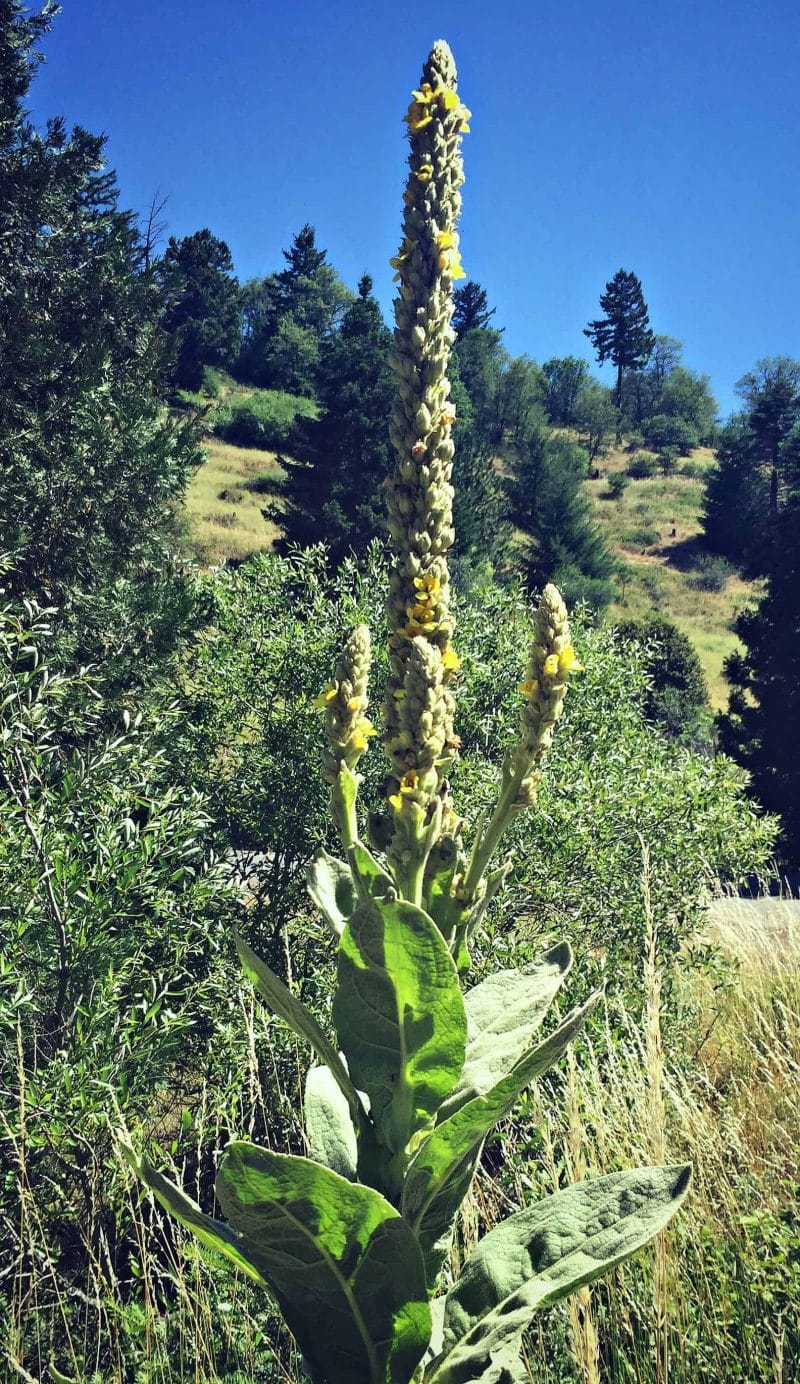
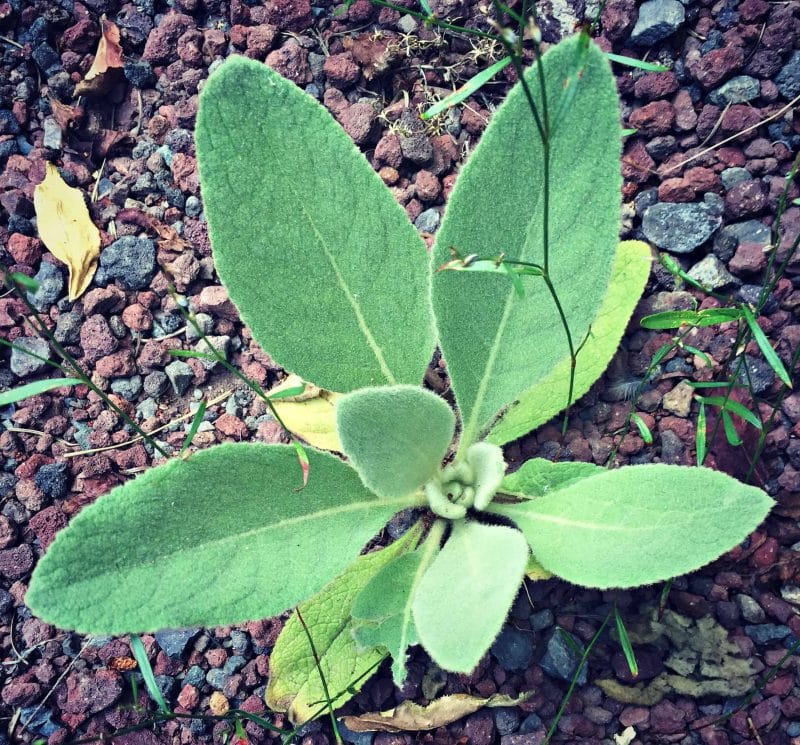
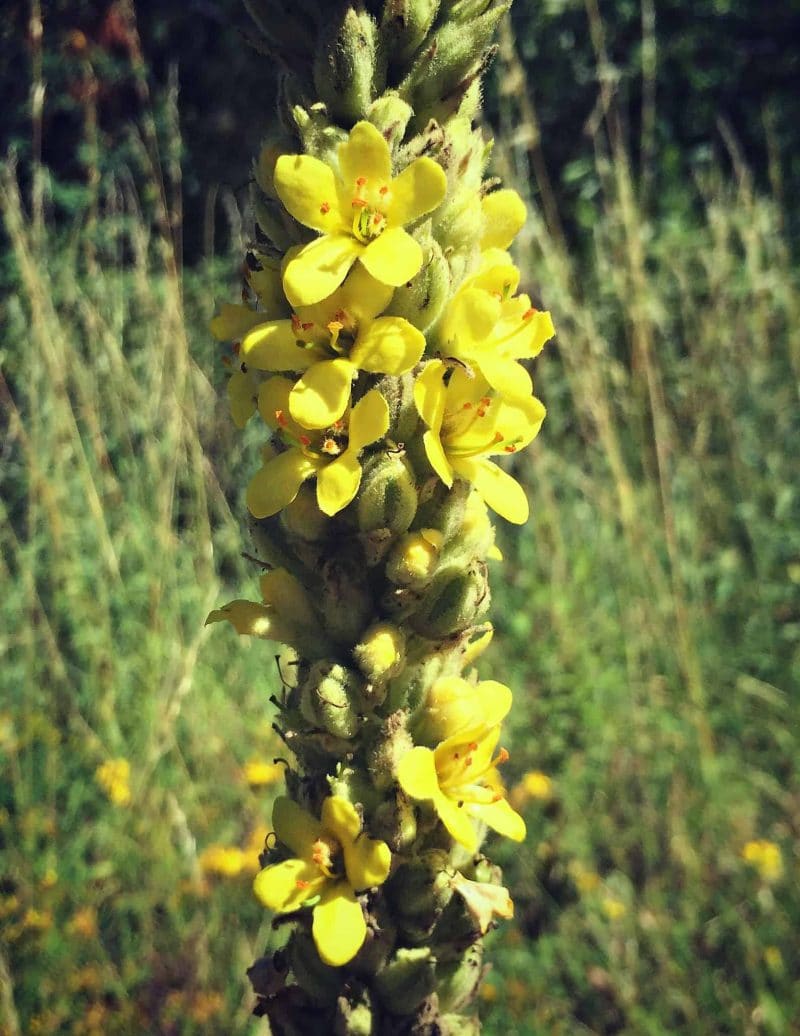
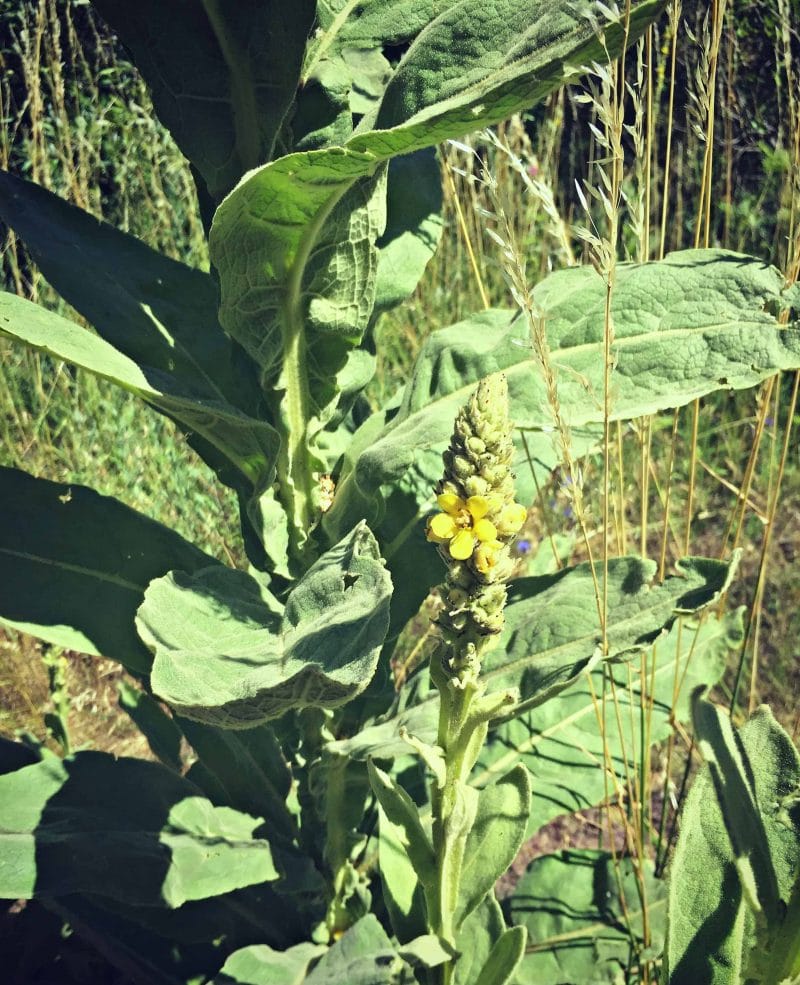
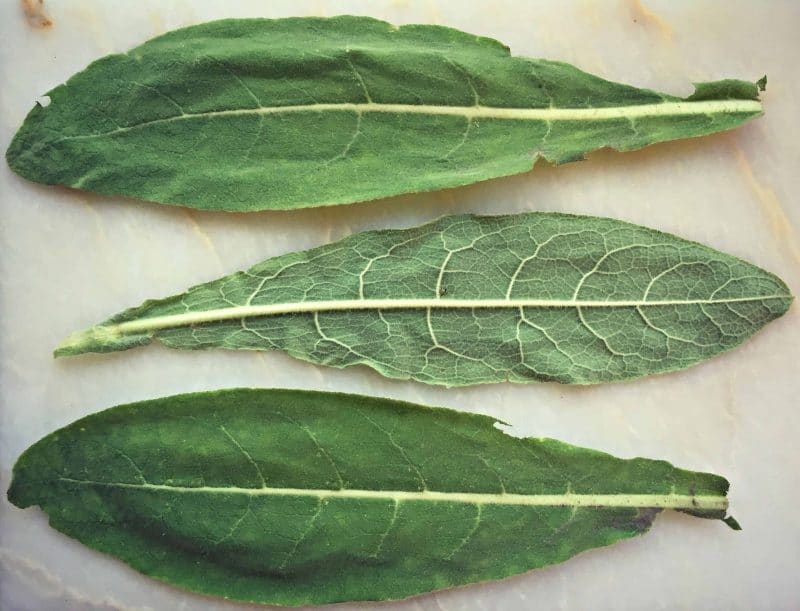
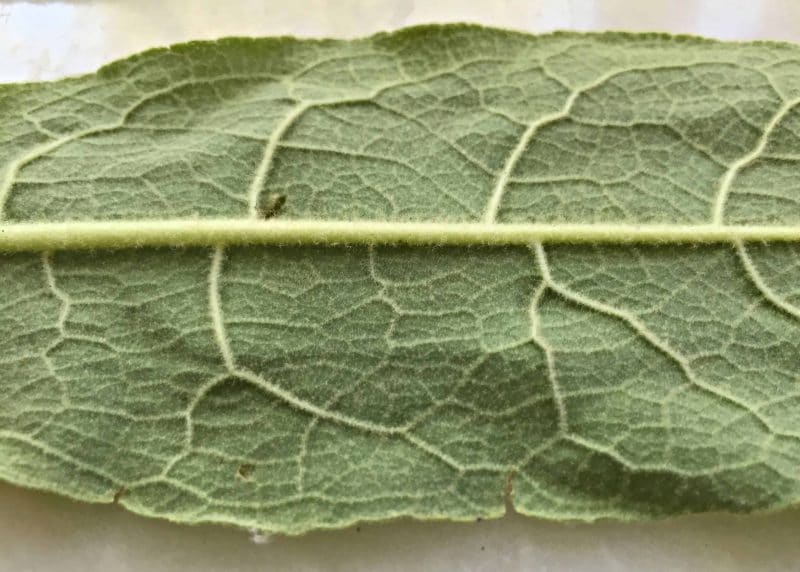
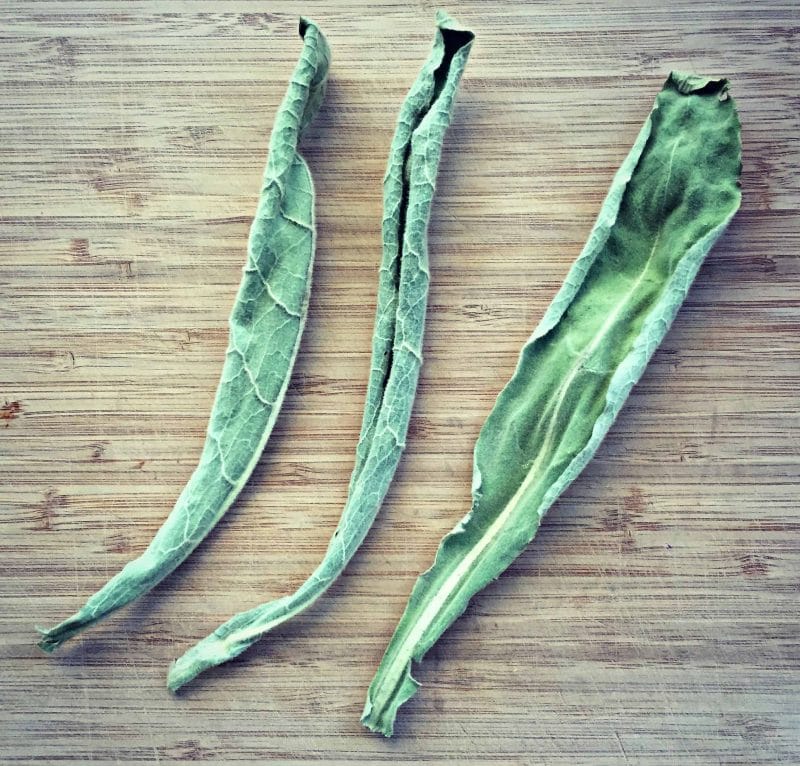
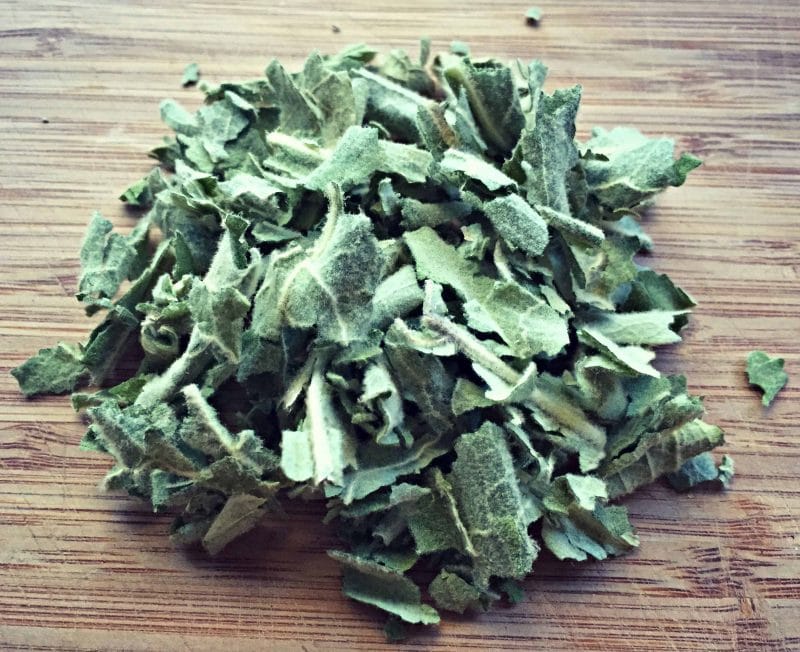

Amazing.
Can we purchase seeds? Upstate westerns NY
Hi Jenna, I don’t personally sell seeds, but it looks like you can buy them on Amazon, Etsy, and from other online retailers.
Hi there! I had heard mullein was medicinal, but it wasn’t until I started studying ecology did I learn that, in my area of high altitude in SW United States, mullein is one of our top invasive species. This not only means bad news for pastures, but for native species. However – that’s good news for foragers. A foraging podcast I listened to presented foraging for invasive that also serve medicinal purposes is a great way to contribute to the elimination or control of them. I guess if you live in the SW, don’t go actively planting it!
Hello, I collected a few plants to make smudgesticks with the leaves. They were rained on in the hot weather and sat out. They proceeded to get blotchy grayish spots and I’m guessing it may be mold? I better start over correct? Thank-you
Amanda
Hi, Amanda. It’s really hard to say without seeing them. I would probably dry them on a drying rack next time.
Great introduction to mullien. As a child, we called it the chipmunk tree because we would always see the chipmunks harvesting the dried seed pods and plant would bob back and forth!
How cute! Thanks for sharing!
Do you have regular book formats to purchase or just the ebook?
Hi Melissa! At this time I only have eBooks, but my book, Healing Herbal Infusions is a paperback.
Hi. So when do you harvest? And how do u get rid of the bugs? Sou dry the flower and leaf?
Spring and summer are the time for harvesting mullein’s leaves. In some areas, late spring or early summer is best for foraging the flowers, but it really depends on your area.
I Wonderfull blog!
I’M happy learning so much things about plants properties.
Hi, I’m fairly new to using eatable weeds, and have thoroughly enjoyed the information that has been in these articles. I have used Mullen in a salve for my sons swollen and split fingers from working outside and was greatly surprised quickly they healed. Thank you for all this wonderful information I will be crying Mullen for other uses also.
I have never seen this plant. Does it grow in Southwest Georgia? If not would someone be willing to send me a flower head that I can save for seed?
I can send you seed.
erica
It does grow down here in GA. I’ve seen it along ditches and the side of the road-often on sloping hillsides. Mullien likes soil that is well-drained.
You can also make a nice yellow dye pot for alum mordanted wool with the leaves.
I have used mullein for years with my family. I dry it for tea and use it for pain and sleep. I used it once in emergency blood poisoning that ran from the wrist to under the armpit Diligently for 6 hrs, the arms wrapped in leaves and soaked in a deep bucket of hot water brought the red streak down and by morning all was well.
Mullein grows all over my property here on the big island, Hawaii. Now I know what I can do with it as I make a variety of salves and lotions for my shop.
I’m in kona. Where can I find some?
30 Plants huge early before blumming on its way
Hi There I’m in the South of England, Europe. We have This plant growing everywhere in my area. Yes you are right about it being used as a torch. The Romans brought it to England and used it for just that purpose as they marched. I didn’t realize it had so many other uses, thank you for letting me know what else I can do with it.
I live in England Leeds does it grow here. Please thanks
I loved reading all of this ,I grew up in Southern California and not on a farm, but I wish I had because I have many allergies ❗️ If you do not know why you have allergies it is because you we’re not breast feed 😢❗️
I don’t know about that. I breast fed all my babies and yet my son has allergies and asthma. I weaned him at 2.
Oh no this is`nt skunk cabbage you will know skunk cabbage when you get near or pick it . It smells like a skunk but stronger . They also look like a tall leaf cabbage know stem or flower to it . But it really stinks bad . Who ever told you this was skunk cabbage were wrong . Sorry.
I moved from Louisiana to Colorado several years ago and am trying to learn about the “weeds” and plants here to use naturally. Long ago, I was told that this was called “Skunk Cabbage” and it predicted how high the snow fall would be. haha Now I learned that it is actually a great medicinal plant. Thanks for your website!
Well at least you learned , when my mom never breast feed me I have allergies outside from the pollen ‼️
I do have a question about this noxious weed that you say has lots of healing powers. Can you tell the names of different companies that would buy the plants? We just might see if they want to make a deal to buy ours, we have to dig it up anyways!
To Ruby — buffalo also eat grass & don’t eat the Mullen weed!
So about harvesting- I have one beautiful plant growing in my back yard and I want to use the leaves to make tea. I picked a few leaves and have them drying but I want to pick some more. However, I’ve noticed that some leaves on the plant are turning yellow, and even light brownish. Are those leaves still good to pick?
Love the community around this post. I have a question about harvesting the flowers. I read that the seeds can be toxic so when drying for tea to avoid the seeds. My question is ummm what do the seeds look like? 😁 The flower has the beautiful pink center and yellow pollen tips inside but I don’t see seeds that I should avoid. Thanks and blessing to you all.
when the flowers all die off the seed pods emerge. the seeds are small and black. you can shake the seed stalk where you want mullen next year.
Have you ever heard of mullein being used on plantar warts?
I’ve used mullein leaves for years as nature’s band aids. Did wonders on poison ivy rash on my son.
The leaves, roots, and flowers all have some amazing uses! But, what about the stalk? I’d rather not waste anything, if I can find a way to use it. So, medicinal? Edible? Fiber? Is there a good use for the stalk, beyond chicken fodder or compost?
The stalk is the preferred drill for making friction fire by hand. The brown stalk is taken, stripped of old dry leaves, shaved with a knife-edge and rounded off. This stalk is twirled between the hands on a notched fireboard, creating heat and a powdered residue that will soon, when hot enough, produce a coal to be dropped into a tinder nest for ignition
As a rancher, I have to say, this is one of the most noxious weeds around! We have spent many $$$’s trying to get it out of our pastures! It will take over a pasture in less than a couple of years, meaning we do not have grass for our cattle, as these damn plants kill it, & each of those pods, holds MILLION of seeds, so it spreads rapidly from ranch to ranch! So please if you wish to have this plant, plant it in buckets & DO NOT let it bloom!
Sorry folks, but this is a terrible weed!
Sorry you feel that way about mullein! It’s such a highly medicinal plant with so many benefits for us.
If you can’t beat ’em, join ’em! To get rid of it, you could harvest it, by pulling up the roots, before it flowers. Then, sell it, in almost any form, at your local farmers market. You might find out a pretty lucrative ‘weed’. I mean, if it’s there, plentiful, free, and on your land – why not harvest some ‘free money’?
What a great response !
That sounds great, except that no one around here would buy it — they are like us — trying to get rid of the weed to save their pasture! Just today, after only being out there for 4 hrs, we had pulled up enough plants to fill the bed of our Nissan pickup! And just so you know — hubby is 80 & I’m 69, so it isn’t as easy as if we were younger! Any of you want to come help, come on out to the panhandle of Nebraska, we will let you pick them free of charge & then you can take them home & sell them at your farmers market!
There are companies that buy mullein in bulk. You can sell it easily. It has many uses, one is as an ingredient in fre extinguisers.
Knowing the value this plant has, if your pastures are as filled with these as you say, you are truly blessed and not capitalizing on a viable income source.
selling both the dried portions of this plant as well as supplements and tinctures and salves and oils that could be made with it.
Sometimes instead of fighting something, it’s easier to work with it.
Well said, if I could eat my allergies they would go away !
Raise Buffalo
I have mullein growing all over my gardens. I’ve had mullein in my garden for years. But, for some reason, last year none came up. I was so disappointed. So, last fall a friend gave me a spent flower stalk filled with seeds. I shook it all over my garden. Now, I have quite a few plants all happily growing. I’m very surprised that they are growing their flower stalks and blooming this first year. I thought they were a biennial. But, this is Texas, and sometimes plants behave differently here. Go figure!
Mullein is the only food of the monarch butterfly. They should not be removed. Planting is better than destroying
Actually milkweed is the only food of the monarch butterfly, not mullein!
Actually monarchs drink the nectar from many plants but the nectar from milkweed will make them poisonous to predators.